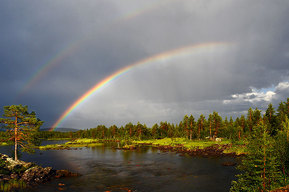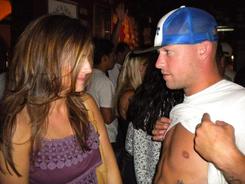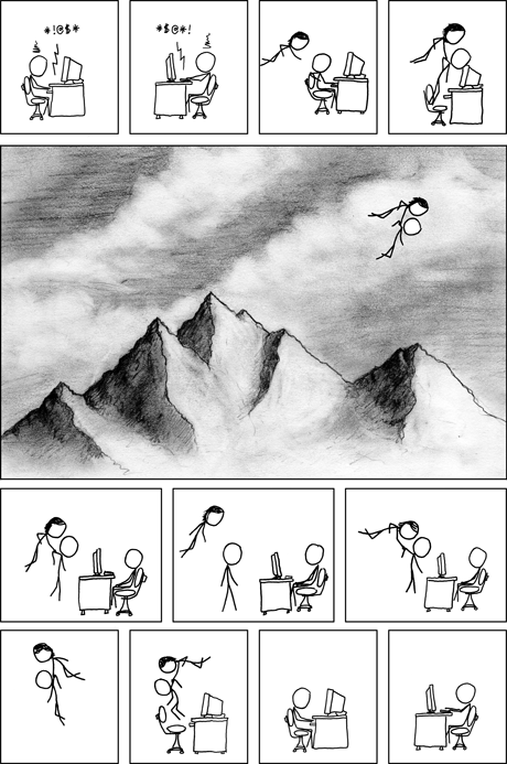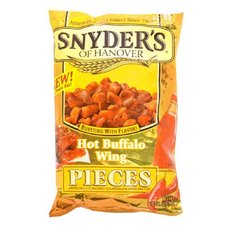There are a lot of complicated explanations in the world as to what a polyrhythm is. My layman-ified definition (pulling from the sources listed at the bottom, which you should read/watch for better understanding) is that a polyrhythm is overlaying two or more rhythms, where one is not a clean subdivision of the other. So for instance, if in the same unit of time (let's say four seconds) you play four evenly spaced beats in your left hand, and three evenly spaced beats in your right hand, that's a polyrhythm. If, however, you do four beats in your left hand, and two in your right hand, that's not a polyrhythm. Really, you're just playing every other beat in your right hand.
To put it in a blues context, if you step every other beat, and you shimmy a back-forth every beat, you're doing half-notes in your feet, and eighth notes in your shoulders, which isn't a polyrhythm. Now, it's still cool! And it's still blues! All is not lost! You can talk about layering movements- that's still true. You can talk about texturing your basic- you're still doing that. But you're not doing a polyrhythm. The video below can help you, if you actually want to do polyrhythms. But at the very least, let's stop abusing the word polyrhythm when we don't mean polyrhythm.
Note: I come from a musically-exposed background, but I don't have a music degree. I've never taken a music-theory course. But as a result of hanging out with people who are more musically educated than I am, and many Google searches, I've learned a few things. And one of those things is what a polyrhythm is, and is not. I encourage you to get better educated about this topic. In the words of LeVar Burton- don't take my word for it! Check out these (fairly accessible) explanations.
http://blog.dubspot.com/polyrhythms-put-hands-together/
http://f.unkster.tripod.com/polyrhythm.html
http://music.tutsplus.com/articles/introduction-to-polyrhythms--audio-2573




 RSS Feed
RSS Feed
